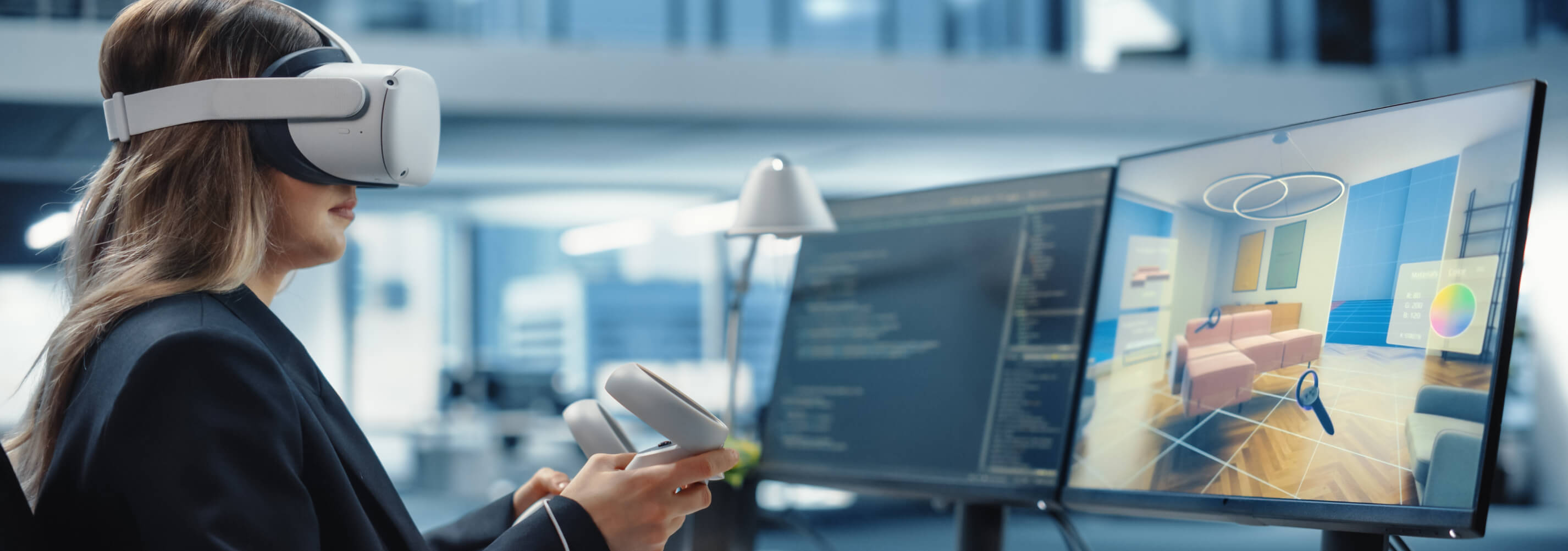
We decided to experiment with the technologies powering metaverse and to see what this technology can offer to different industries. So, in our R&D lab, we developed MArt Gallery, our own meta art gallery prototype. In this article, we will share some of our findings and some promising industry use cases.
Metaverse and main technologies behind it
Metaverse is a term often used to describe a future internet-based world where people can create and share content. The term was coined by Neal Stephenson in his 1992 novel Snow Crash. In the book, the metaverse is a three-dimensional, computer-generated virtual world that people use to interact with each other.
In recent years, there has been a growing interest in the metaverse. This is due to a number of factors, including the rise of virtual reality (VR) technology and VR app development services as a result of the increasing demand for new and innovative online experiences. As a result, more and more people and companies are beginning to explore the metaverse and its potential uses. According to Statista, the metaverse market size is expected to grow from $38.85 billion in 2021 to $678.8 billion by 2030.
So why do experts believe that the metaverse could be life-changing, and what can it offer us?
- It offers a virtual space where employees are no longer bound to a physical office and opens up endless possibilities for work locations.
- It supports creating a centralised digital work environment, making remote working more efficient by eliminating the need for daily commutes and costly business travel.
- It ensures physical protection against dangerous viruses, as the spread of diseases is impossible via virtual collaboration.
- It makes communication easier and more accessible. People could attend a virtual meeting that feels just like being in the same room as their colleagues, allowing them to engage actively in conversations, share ideas, and collaborate.
- It will enable visits to a virtual art gallery that allows you to explore paintings in amazing detail or take a safari in Africa without ever leaving your living room.
Moreover, the metaverse can transform existing industries like real estate, e-commerce, and education and carve out new niches and job opportunities like digital fashion designer, smart contract lawyer, and metaverse engineer. The metaverse use cases and business applications are very diverse.
At the heart of the metaverse are four key technologies: virtual and augmented reality (VR/AR), blockchain, artificial intelligence (AI) and the Internet of Things (IoT). These technologies will shape the future as we know it, and each one is worth taking a closer look at.
Artificial intelligence
The metaverse is a virtual space where users can interact with 3D digital objects and avatars of each other in a realistic way, similar to the real world. This space has been developed through artificial intelligence techniques. The AI engine uses 2D user photos or 3D scans to create highly realistic lifelike avatars. To make avatars even more dynamic, they can be programmed to plot a range of facial expressions, emotions and features corresponding with different ages.
The spatio-temporal AI algorithm is a system that employs digital tools, models and methods to help users understand how and where avatars move within virtual cities. Additionally, this capability enables users to develop new virtual procedures for designing and managing future metaverse virtual cities, making them more sustainable, equitable and efficient. Additionally, the data and avatars of users on the metaverse platform are located on different servers worldwide. As a result, metaverse employs AI techniques to handle the personal data processing in each country separately.
Virtual reality and augmented reality
As the metaverse continues to evolve, it's becoming increasingly clear that immersive technologies will play a key role in its success. VR allows users to completely immerse themselves in a computer-generated environment, while AR overlays digital information on top of the real world. Whether through VR headsets or other accessories, engaging with this new digital ecosystem will be far more immersive and interactive than anything we've seen before.
For example, Meta introduced a top-of-the-line virtual and augmented reality headset last year called Project Cambria. This remarkable device will deliver an amazing VR experience to users. It is expected to include new sensors that allow the virtual avatar to exchange nonverbal communication like eye contact and facial expressions.
Blockchain technology
With the advent of the metaverse, blockchain, NFTs and cryptocurrencies are discussed in terms of their potential virtual-world applications. By using blockchain technology as the foundation of its infrastructure, the metaverse can maintain a decentralised data storage, database and computing system. This ensures that all users have complete control over what happens in their virtual space while maintaining trustworthiness and security.
Cryptocurrencies have the potential to become the leading payment instrument in the metaverse. Unlike traditional fiat currencies, cryptocurrencies are not backed by any physical assets. It is digital or virtual money that uses cryptography to secure transactions and control the creation of new units. This makes cryptocurrencies a convenient payment and transaction method in the digital world.
Non-Fungible Tokens (NFTs) are another backbone that blockchain provides metaverse. NFTs, which are stored on a blockchain, are unique digital assets that cannot be replicated and can be used across different metaverse spaces. They are often used to represent virtual assets or rights, such as in-game items, land ownership or digital artwork. In this article, we share the basics of the NFT marketplace development.
The Internet of Things
The metaverse boom arises from the demand for more complicated Internet of Things devices. The ability to stay connected in both the virtual and physical worlds is crucial in encouraging growth in IoT spending. The IoT technology market is estimated to increase from $384.5 billion in 2021 to $566.4 billion by 2027.
In the future, XR can blur the line between reality and the virtual environment. This will be possible due to advanced IoT devices such as sensor gloves, head-mounted devices, glasses, and other sensor-enabled wearables.
Business applications of a meta art gallery across industries
The MArt Gallery we have created at ELEKS is a virtual storing space in the metaverse with multiple possibilities for various domains, including gaming, fashion, art, retail, sport and music. The number of potential applications for such meta art galleries is growing at an astonishing rate. Let's look more closely at some of the ways this prototype can be applied.


Art industry
Our MArt Gallery can provide an opportunity for artists to display their works in virtual reality. Creators, gallerists and collectors can scan their work, digitise it as NFTs in the marketplace, and load it onto the meta art gallery where people will be able to appreciate beautiful pictures, sculptures and architecture and purchase them.
For example, Amrit Pal Singh, a visual artist making NFTs, 3D illustrations, and toy faces, has bought digital land in the metaverse and created a Toy Face Cafe gallery named after his NFT collection. In his gallery, Singh displays his artwork and the art he collected from other artists. Singh has made over $1 million in just nine months by selling NFTs of his work.
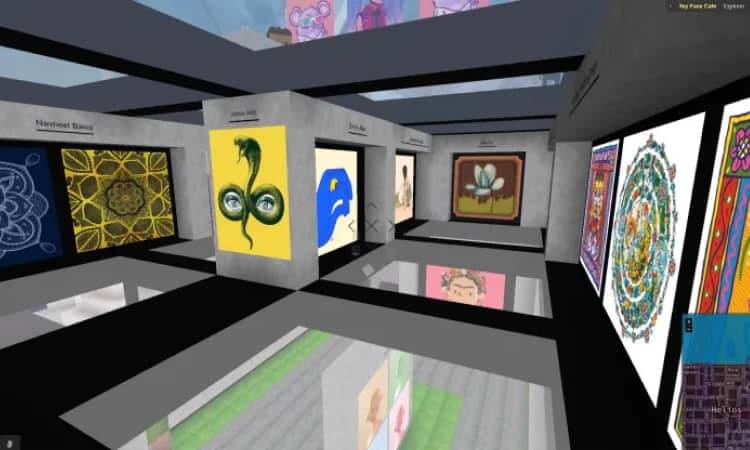
Source: CNBC
Gaming industry
One of the most popular tendencies in the metaverse is creating different play-to-earn games. The main idea is to monetise playing time via receiving rewards for completing specific actions or buying and selling various in-game NFTs. Our prototype can be an excellent place to store and represent all the game's items. Game creators can scan needed objects or use ready 3D models, create NFTs and load them into the Gallery so that users can view them, interact with them and buy.
Another tendency is creating NFT games in the metaverse for advertising. Luxury brands use them for advertising new collections and involving more clients. For example, Louis Vuitton is launching "Louis: The Game", an innovative new game that helps to build brand awareness and create a deeper connection with young consumers. MArt Gallery can be used as a place where brand collections are stored so that users can interact with each item via an NFT game.
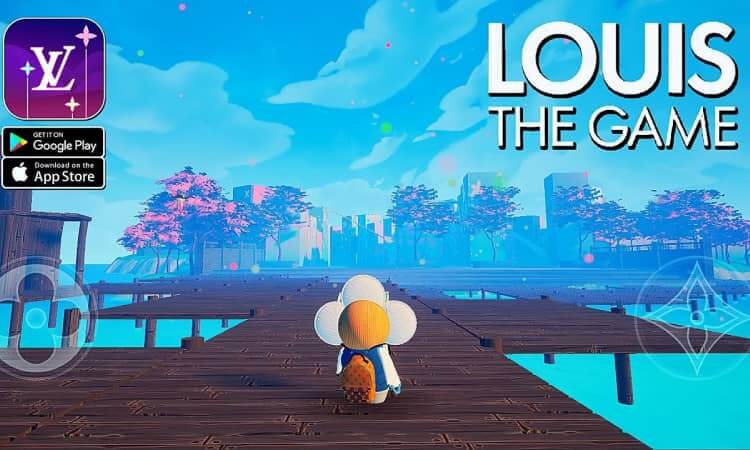
Source: Entrepreneur
Fashion industry
Our prototype is the perfect place to propose new fashion ideas. Clothes and accessories can be used as digital fashion skins for avatars or wardrobe collectables in gaming and multiple metaverses. Metaverse provides a unique platform for fashion designers to experiment with new ideas and create exceptional pieces. Brands can scan their collections with the scanner, digitise them as NFTs and load them to the Gallery. Metaverse also provides a way for fashion lovers to experience fashion in a whole new way. Users can come to this virtual shop and choose a needed item.
MArt Gallery can be used for displaying, selling and marketing videos and advertisements in VR. For example, Gucci was the first luxury house to enter the world of non-traditional textiles with its new collection "Aria". The brand's four-minute video was auctioned as the house's first NFT for $25,000. VR fashion shows could also be created with collections and stored in the meta art gallery to make them more interactive and exciting for customers.
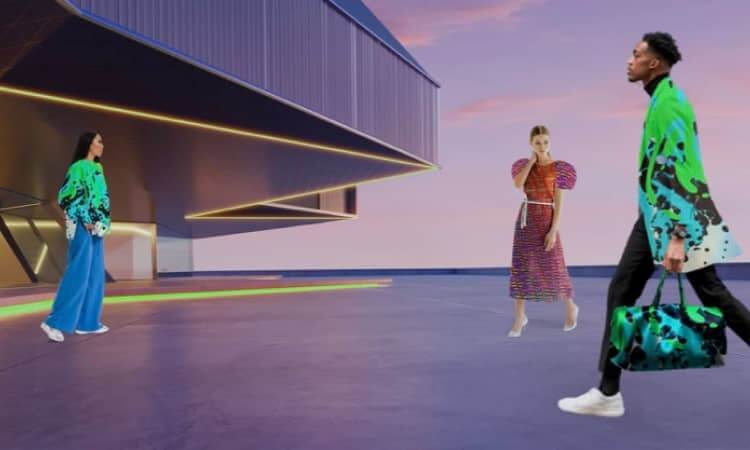
Source: Roastbrief
Sports industry
There are many potential use cases of our meta art gallery in the sports industry. One of its most obvious applications is as a place to store and sell different clubs' or players' attributes, videos of unique match moments, greetings from the sportsmen, etc. A user can scan items or use ready 3D models to create NFTs and share them with other sports fans on the platform, where they can interact with them and buy them.
The Top Shot NBA blockchain-based virtual trading platform allows fans to buy, sell, and trade numbered versions of specific officially licensed video highlights. Some sales have reached $100,000 or more. For instance, a LeBron James highlight was sold for $387,600 in 2021. Each video highlight has been tied to an NFT and has a unique digital serial number that confirms the authenticity and indicates how rare a moment is. Moments that are scarcer than others are consequently more high-priced.
What could be more exciting for a fan than taking on the role of a manager, sports team or player in an NFT game? Using the meta art gallery prototype, users can buy and sell these roles for use in virtual games. Cristiano Ronaldo's card, for example, was sold on the NFT-based game Sorare for $289,920. But there's a limit to how often they can be used and regulated by the blockchain.
Another great opportunity is to use the MArt Gallery as a place where tickets to VR matches and games can be sold. People may not always be able to see their favourite clubs or players at the stadium, especially nowadays during pandemics. The process would be simple: scan the tickets, create NFTs and place them in our prototype. Fans could then filter by sports type and buy tickets.
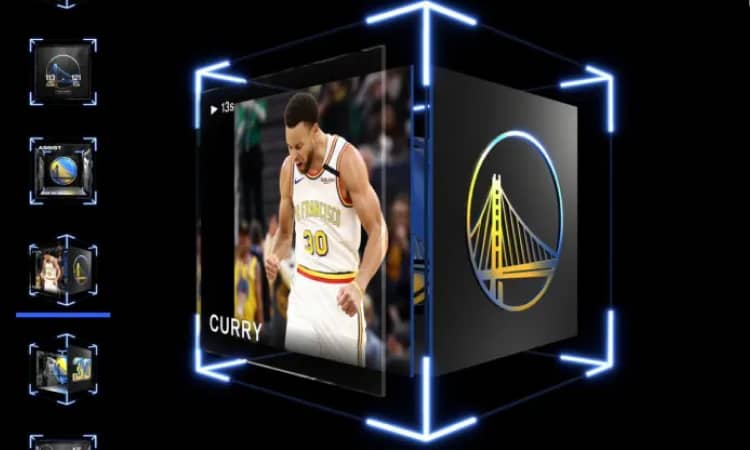
Source: CNBC
Retail industry
Retailers can open virtual stores in the metaverse using our versatile and easy-to-use meta art gallery. With this tool, vendors can scan clothes, shoes and accessories to create unique NFTs. Then share them with other users in the gallery for everyone to enjoy. Not only is this a more comfortable way to do shopping, but it also provides a better user experience due to the opportunity for customers to view items in VR before making any purchase decisions.
A growing number of brands are already taking advantage of metaverse: Nike, Zara, Adidas, Hyundai Motor Company and Balenciaga are just some notable examples.

Source: hyundai.com
Key takeaways
The metaverse has been generating a lot of media buzz lately. Metaverse is an open, decentralised platform powered by AI, VR/AR, blockchain and IoT technologies. It can revolutionise the way we interact with the digital world. Metaverse is a new kind of internet, one that is built for the future and that has the potential to change our lives.
Our MArt Gallery prototype provides an essential virtual space for the metaverse community. With countless potential applications in various industries, it can revolutionise fashion shows, enhance virtual shopping experiences and hold immersive art exhibitions in a digital space. So don't be afraid to explore it – the possibilities for you and your business are endless!
By Taras Chaykivskyy, Research and Development Engineer and Sergii Bielskyi, Head of Research and Development Office at ELEKS

Related insights
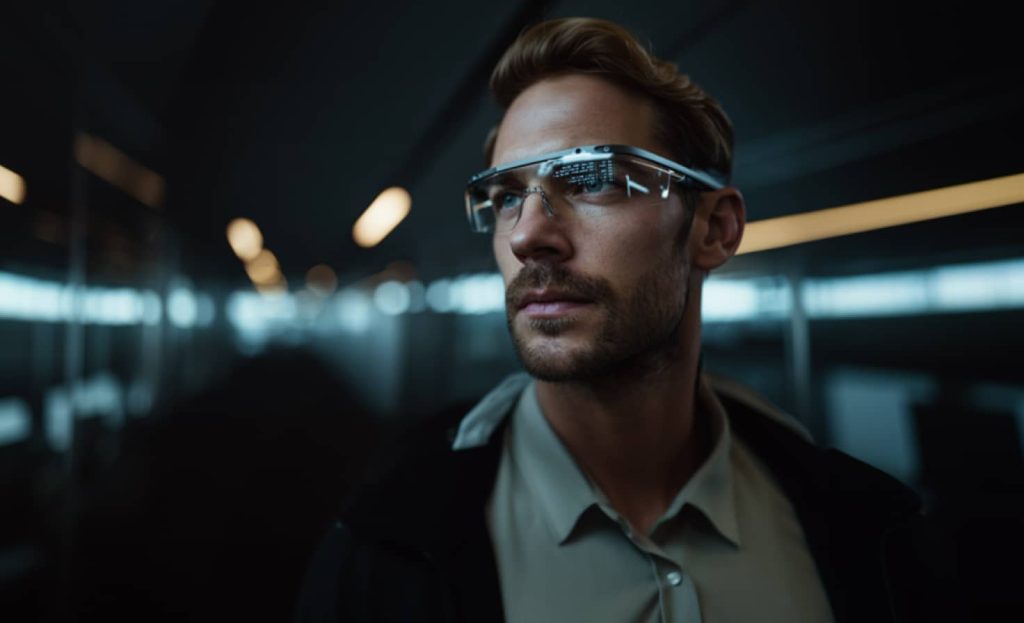

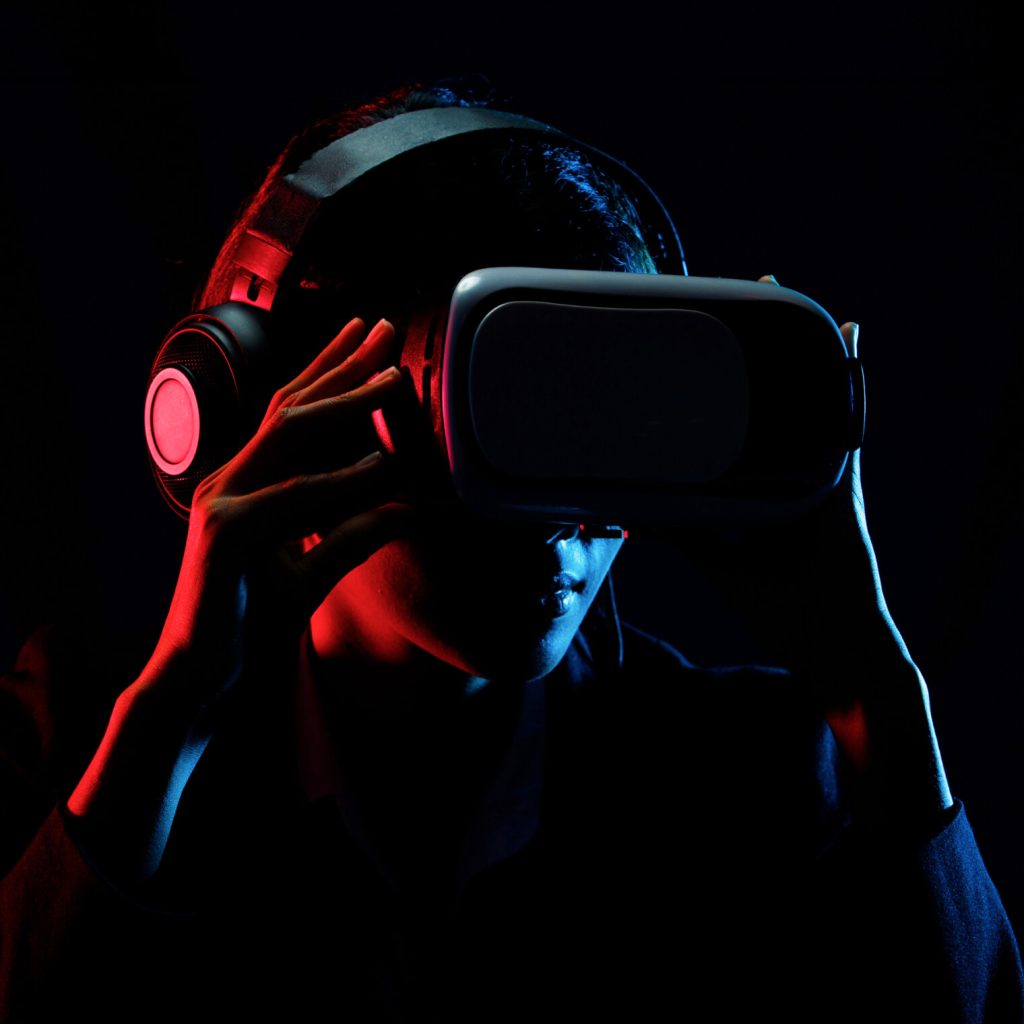

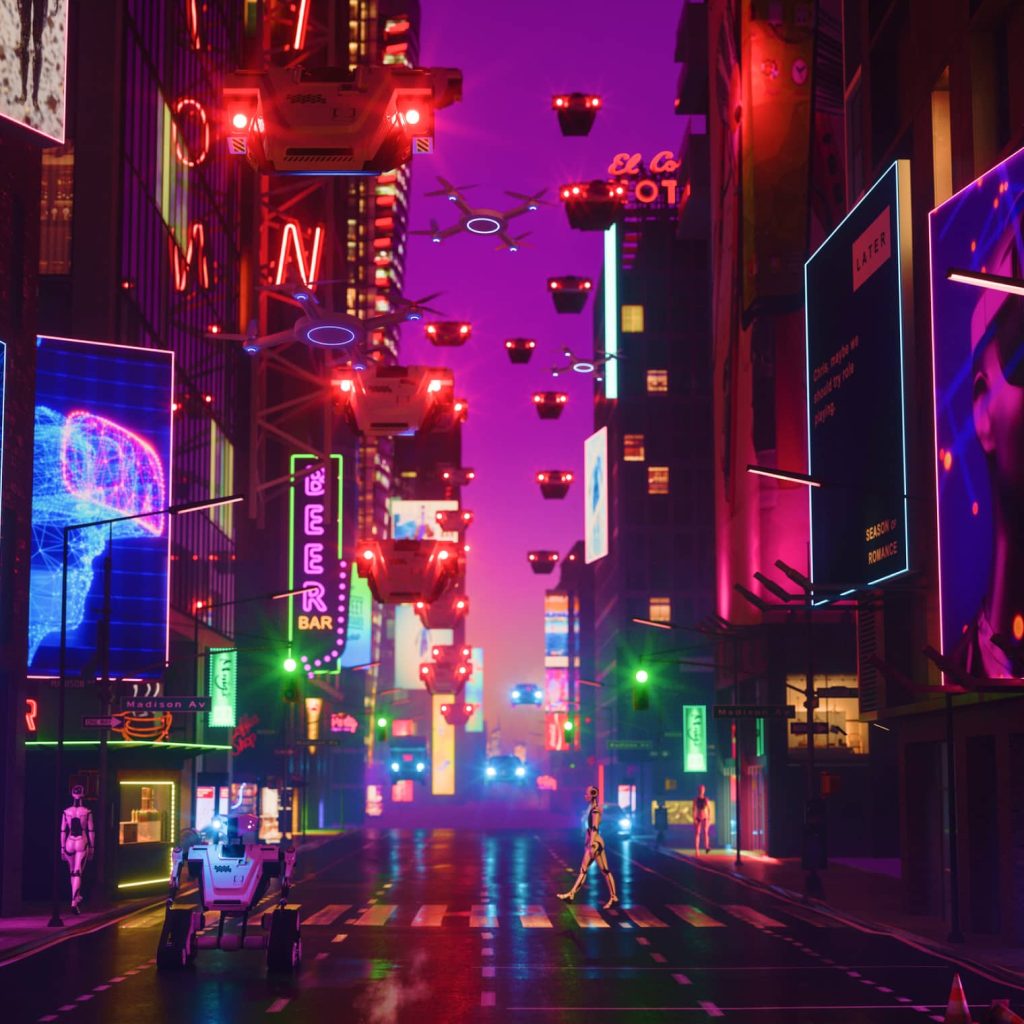

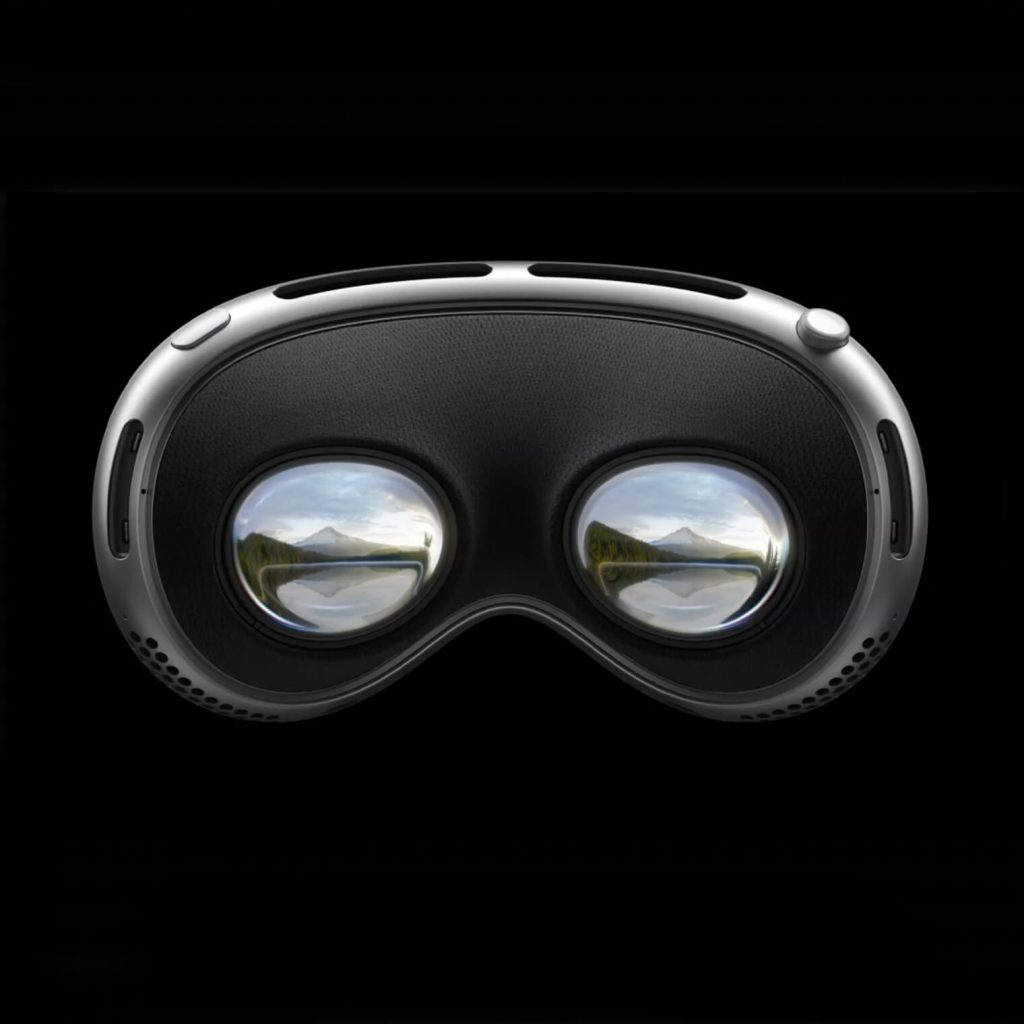
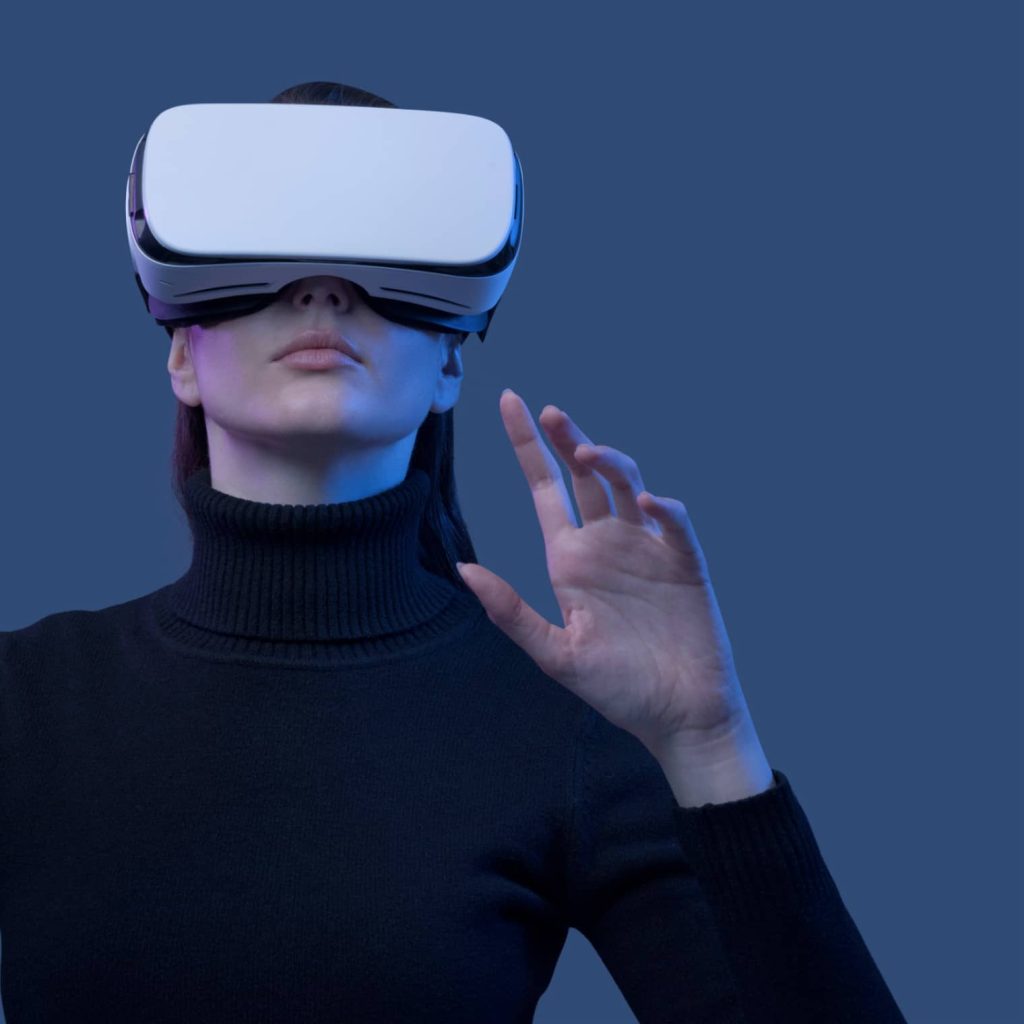
The breadth of knowledge and understanding that ELEKS has within its walls allows us to leverage that expertise to make superior deliverables for our customers. When you work with ELEKS, you are working with the top 1% of the aptitude and engineering excellence of the whole country.

Right from the start, we really liked ELEKS’ commitment and engagement. They came to us with their best people to try to understand our context, our business idea, and developed the first prototype with us. They were very professional and very customer oriented. I think, without ELEKS it probably would not have been possible to have such a successful product in such a short period of time.

ELEKS has been involved in the development of a number of our consumer-facing websites and mobile applications that allow our customers to easily track their shipments, get the information they need as well as stay in touch with us. We’ve appreciated the level of ELEKS’ expertise, responsiveness and attention to details.

